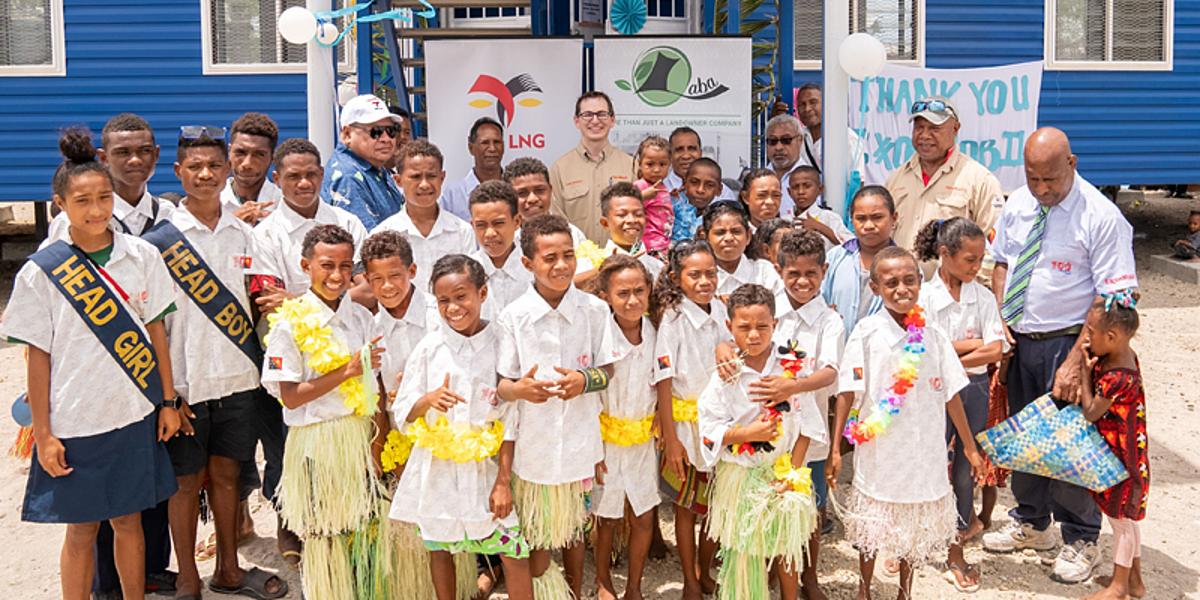According to the National Fisheries Authority, the government is on track to increase downstream processing of fisheries products to 50% by 2025.
Papua New Guinea had already accomplished around 23% of the goal, according to Authority managing director John Kasu.
“There are a number of (government) objectives such as downstream processing which we have to increase by 2025 – a 50 per cent production,” he said. “We are faring very well to meet the targets and, this year, we have already achieved about 23 per cent. The objective is to grow the sector and invest in infrastructure, bring the cost of doing business in Papua New Guinea down so that we get a lot of business happening.”
The key driver, according to Kasu, will be tuna fisheries, with revenue generated going toward developing other fisheries such as coastal and inland.
“That’s basically the drive for the next 10 years,” he said. “On tuna, 70 per cent is being exported. The aim is to reduce that number and (have) internal processing plants. Rather than exporting, we can put it through the factories here.”
The 2.4 million square kilometre PNG fisheries region is the highest in the South Pacific. It has a large reef system, a number of islands, and a long coastline. It presents a significant monitoring and control problem. On average, the overall market value of the PNG capture is projected to be between K350mil and K400mil.










